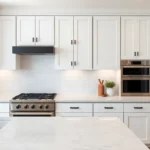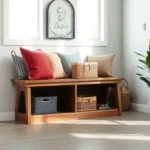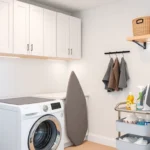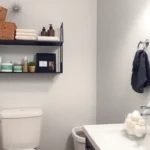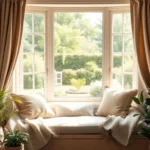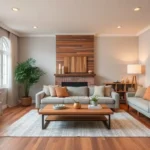Are you dreaming of a home exterior that stands out in style? I created this post to help you transform your outdoor space with stunning retaining wall ideas. Retaining walls don’t just serve a functional purpose; they can dramatically enhance the beauty of your home. With the right design, materials, and creativity, you can turn what might be a simple structural element into a focal point that captures attention and admiration.
If you’re a homeowner, DIY enthusiast, or someone passionate about outdoor design, this guide is for you. Whether you’re looking to create a striking garden aesthetic, improve your landscaping, or simply elevate your modern home exterior, the right retaining wall can make all the difference. You might be concerned about sustainability, style, or budget, and I’ve got you covered.
In this post, you’ll find over 25 unique ideas for modern retaining walls that not only look fantastic but can also be environmentally friendly. From natural stone elegance to vertical garden walls, each idea is packed with inspiration to fit various tastes and needs. You’ll discover different materials and techniques that can enhance your outdoor space while considering eco-friendly options.
Let’s explore these captivating ideas together, so you can find the perfect way to redefine your home’s exterior and create a stunning outdoor retreat. With a bit of creativity and the right design, your outdoor space can become a true extension of your home.
Key Takeaways
– Discover 25+ unique retaining wall designs that blend functionality and beauty, perfect for any modern home exterior.
– Explore a variety of materials including natural stone, reclaimed wood, and innovative eco-brick options for sustainable choices.
– Learn how to incorporate vertical garden walls and living walls filled with edible plants for a fresh twist on traditional designs.
– Find practical insights on integrating lighting features into your retaining wall, enhancing both safety and aesthetics at night.
– Get inspired by artistic mosaics and curved stone designs that offer a unique flair, making your outdoor space truly one-of-a-kind.
1. Natural Stone Elegance
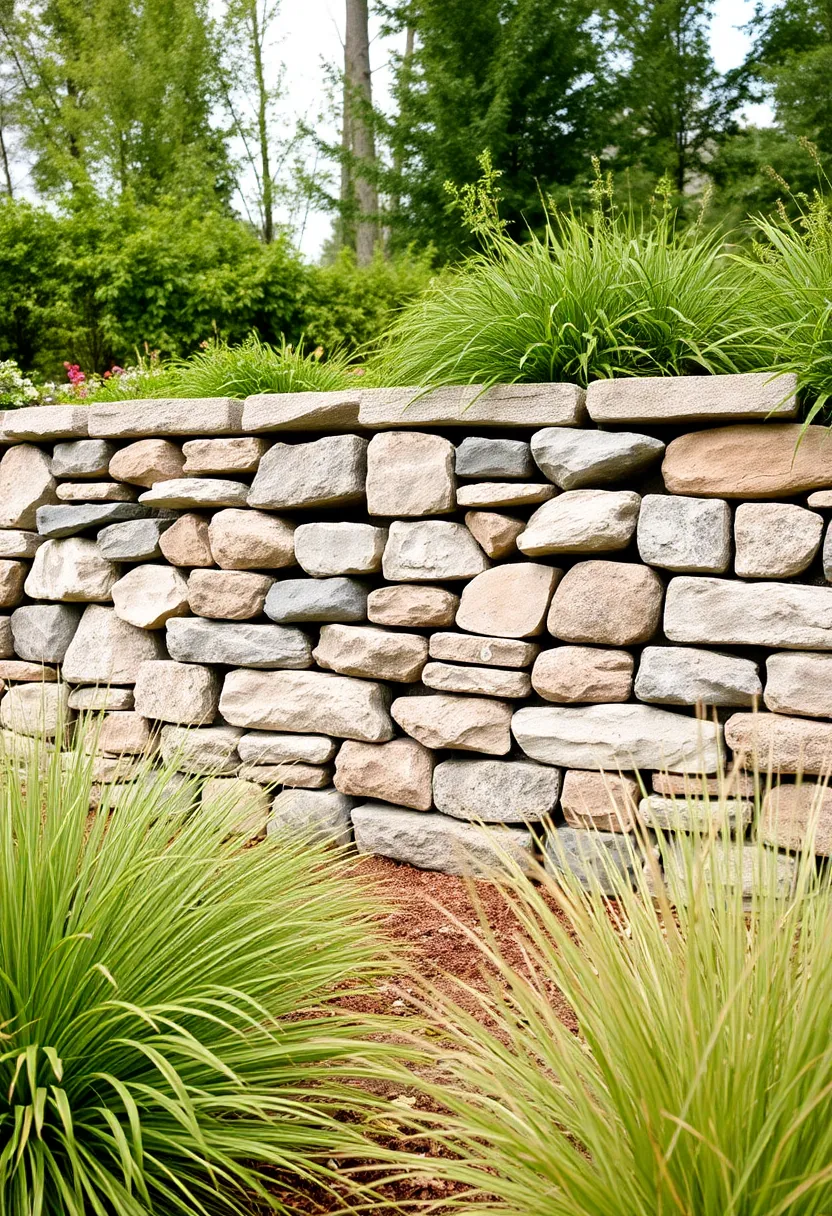
Natural stone brings a beautiful touch to retaining walls. With its rich textures and earthy colors, such as warm browns from limestone or cool grays from slate, it creates an inviting atmosphere. As seen in many home design magazines, these stones add character and warmth to any outdoor space. They fit perfectly in modern gardens, making your home stand out.
To achieve this look, choose stones that match your home’s colors. You can find affordable options at local stone yards or home improvement stores. Consider adding small plants or flowers between the stones to soften the edges. This will not only enhance the beauty but also make your garden feel alive and welcoming.
Natural Stone Elegance
Editor’s Choice
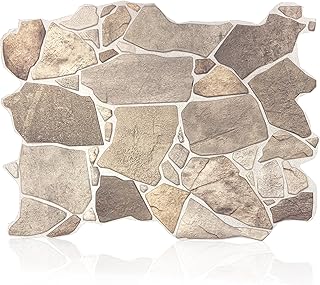
CONCORD WALLCOVERINGS ™ Retro-Art 3D Faux Stone Wall Panels, Pack of 10,…
 Amazon$109.00
Amazon$109.00
Set of 2 Large Tall Planter for Indoor or Outdoor 24″ Flower Pots Tapere…
 Amazon$68.99
Amazon$68.992. Gabion Walls – Steel and Stone Combo
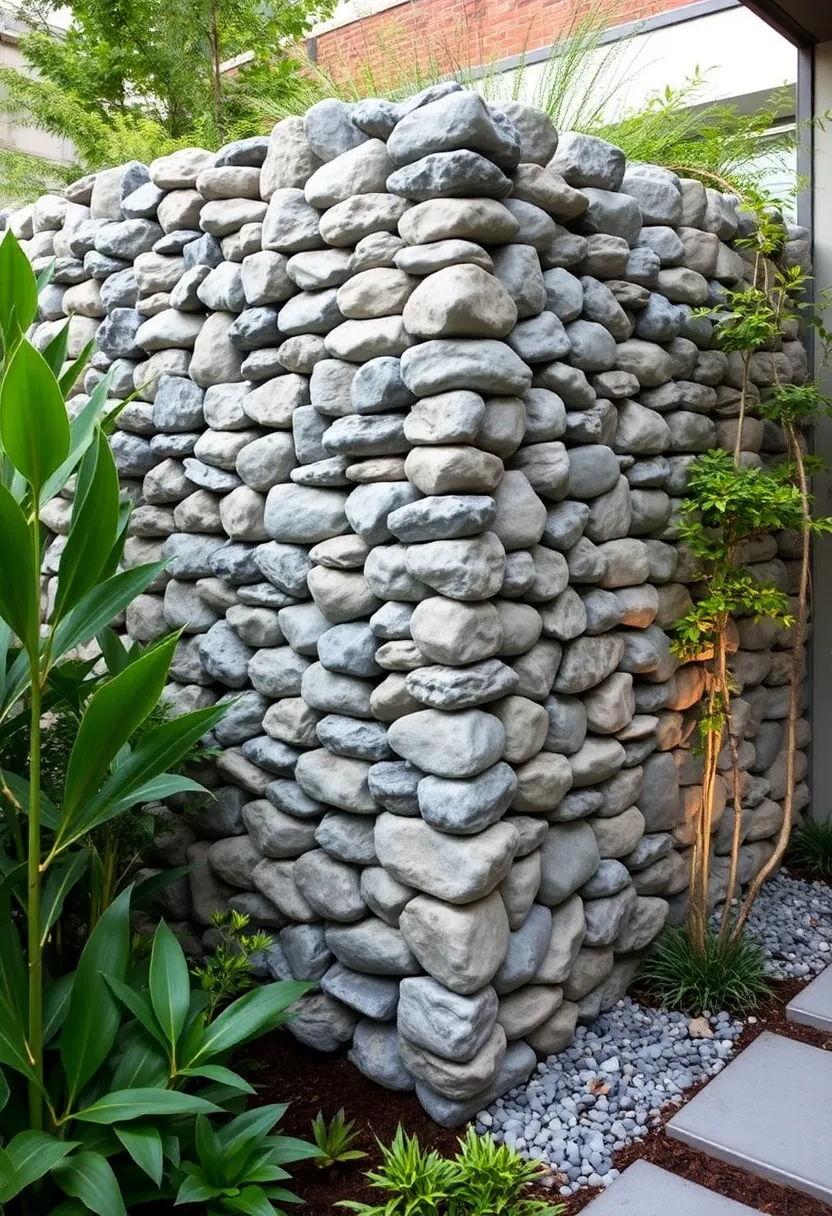
Gabion walls mix steel and stone for a striking look. These walls consist of wire cages filled with stones, giving a modern, industrial vibe. Pinterest is full of ideas showcasing how these walls can make a bold statement in any yard. They are not only stylish but also functional, managing drainage effectively.
To create a gabion wall, start with strong wire mesh and fill it with stones that you love. You can easily find these materials at hardware stores. Gabion walls work well in tiered gardens or as eye-catching focal points. Add some plants around them to soften their look, making your outdoor space feel more inviting and vibrant.
Gabion Walls – Steel and Stone Combo
Editor’s Choice
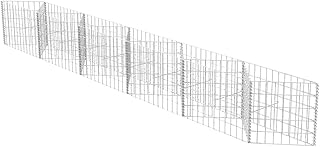
vidaXL Gabion Basket Planter/Retaining Wall, Rust-Proof Galvanized Steel…
 Amazon$73.99
Amazon$73.99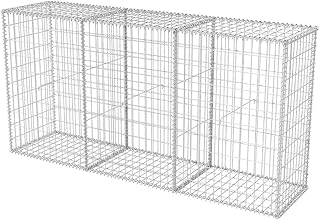
vidaXL Gabion Basket Steel 78.7″ Outdoor Garden Patio Wall Wire Fence Cage
 Amazon$120.99
Amazon$120.99
Lnoicy Artificial Greenery Plants Outdoor UV Resistant Fake Plants Boxwo…
 Amazon$27.99
Amazon$27.993. Terraced Wooden Walls
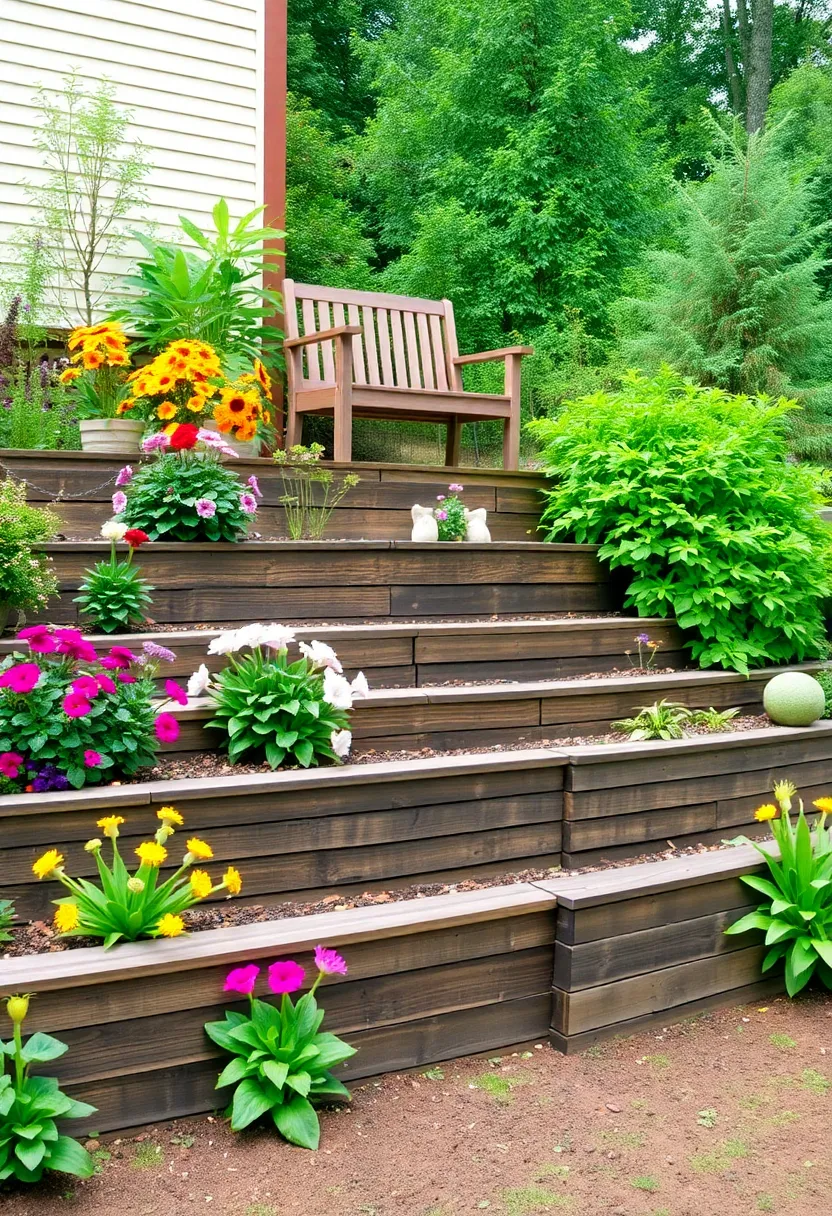
Terraced wooden walls offer a cozy and inviting feel to your garden. The natural tones of wood can brighten up your outdoor space while providing sturdy support. Opt for weather-resistant types like cedar or redwood, which look great and last long. Many Instagram posts feature these walls, showcasing how they blend perfectly with nature.
To build a terraced wall, consider using recycled wood to save money. Stain it to match your home for a cohesive look. You can also create planting beds on each terrace for flowers or herbs. This design not only looks good but also makes your garden a warm retreat for relaxation.
Terraced Wooden Walls
Editor’s Choice

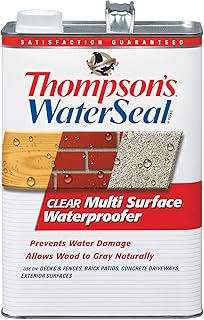
Thompson’s WaterSeal Multi-Surface Waterproofer Stain, Clear, 1 Gallon
 Amazon$17.97
Amazon$17.97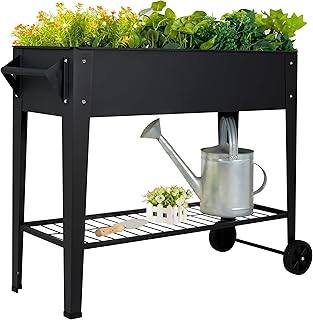
Elevate 32″ Tall Raised Garden Bed Outdoor with Wheels & Shelf for Mobil…
 Amazon$54.52
Amazon$54.524. Concrete Block Mastery
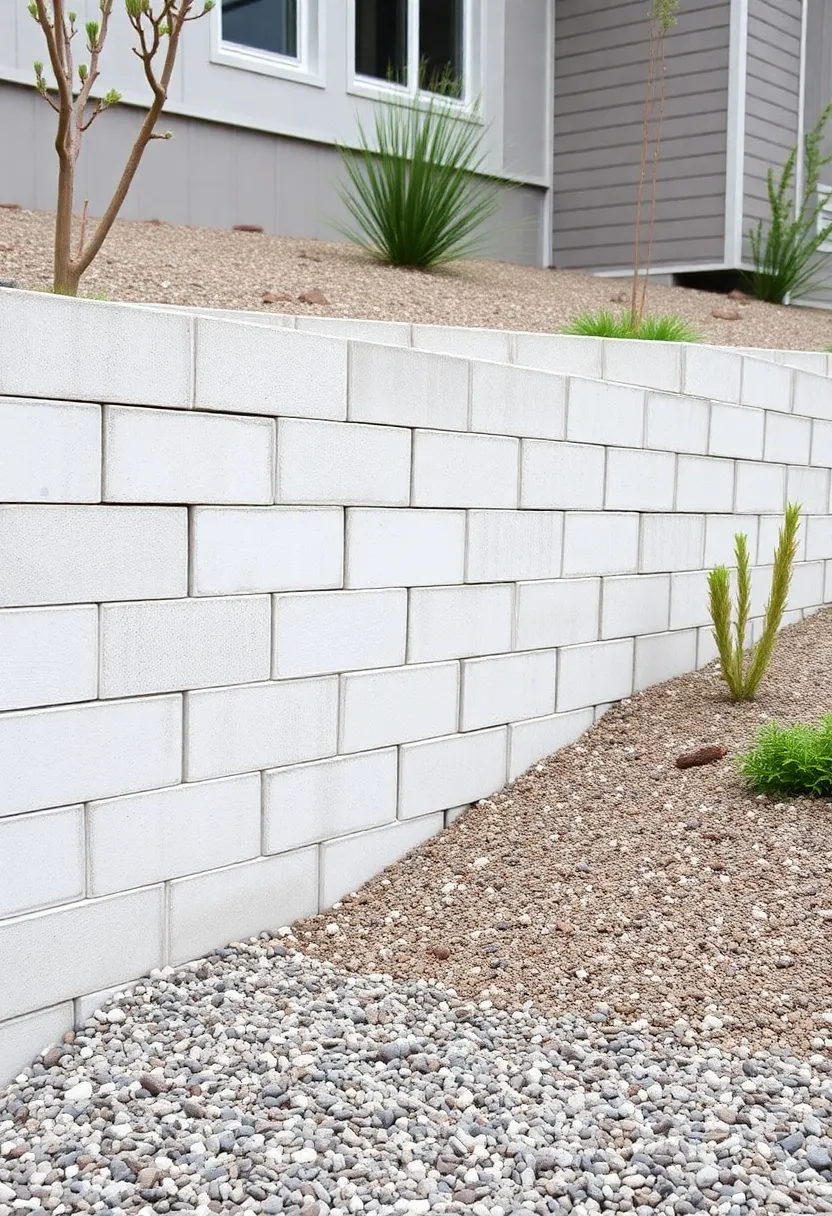
Concrete blocks are a smart choice for modern retaining walls. Their versatility allows you to create clean lines and various patterns, adding a sleek touch to your garden. Home design websites frequently highlight concrete walls for their contemporary appeal and durability.
For an easy build, stack concrete blocks in a layout you love. They are affordable and can be painted to match your home. Add built-in planters or seating for added functionality. This approach makes your outdoor space stylish and practical, perfect for entertaining friends and family.
Concrete Block Mastery
Editor’s Choice

Concrete Hollow Brick Mold – 18.11 x 7.87 x 7.87 inch Cement Brick Mold …
 Amazon$59.99
Amazon$59.99
INSL-X CST292209A-01 TuffCrete Waterborne Acrylic Concrete Stain Paint, …
 Amazon$48.99
Amazon$48.99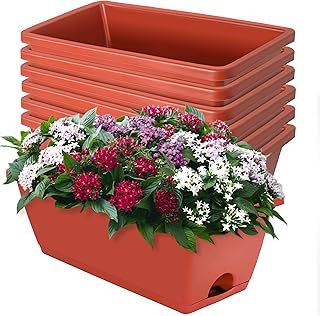
Window Box Planter, 7 Pack Plastic Vegetable Flower Planters Boxes 17 In…
 Amazon$21.99
Amazon$21.995. Eco-Brick Innovations

Eco-bricks offer a unique and sustainable option for retaining walls. Made from recycled plastic bottles filled with waste, they help reduce landfill waste while creating beautiful structures. This innovative choice is becoming more popular in eco-friendly designs.
To create an eco-brick wall, gather the materials you need from local recycling centers. You can paint or cover the bricks for a polished look. Pair them with plants to enhance your garden’s green theme. This design not only looks good but also contributes to a healthier planet, making your space feel responsible and inspiring.
Eco-Brick Innovations
Editor’s Choice
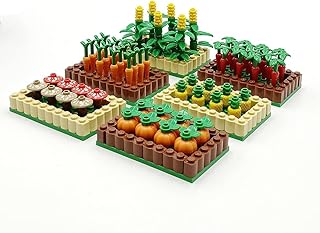
dspitwod Cropland Set Farm Field Accessories Building Blocks Brick Plays…
 Amazon$14.90
Amazon$14.90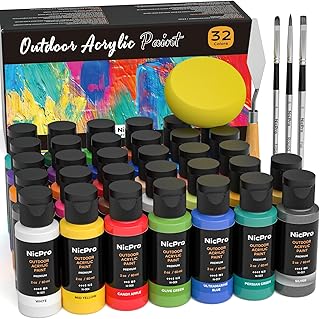
Nicpro 32 Colors Outdoor Acrylic Paint Bulk with Brush and Sponge, Knife…
 Amazon$29.99
Amazon$29.99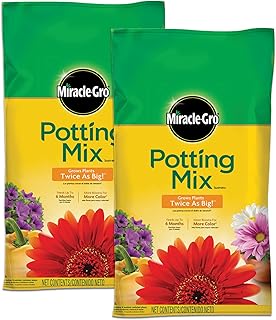
Miracle-Gro Potting Mix, For Container Plants, Flowers, Vegetables, Shru…
 Amazon$8.98
Amazon$8.986. Vertical Garden Walls
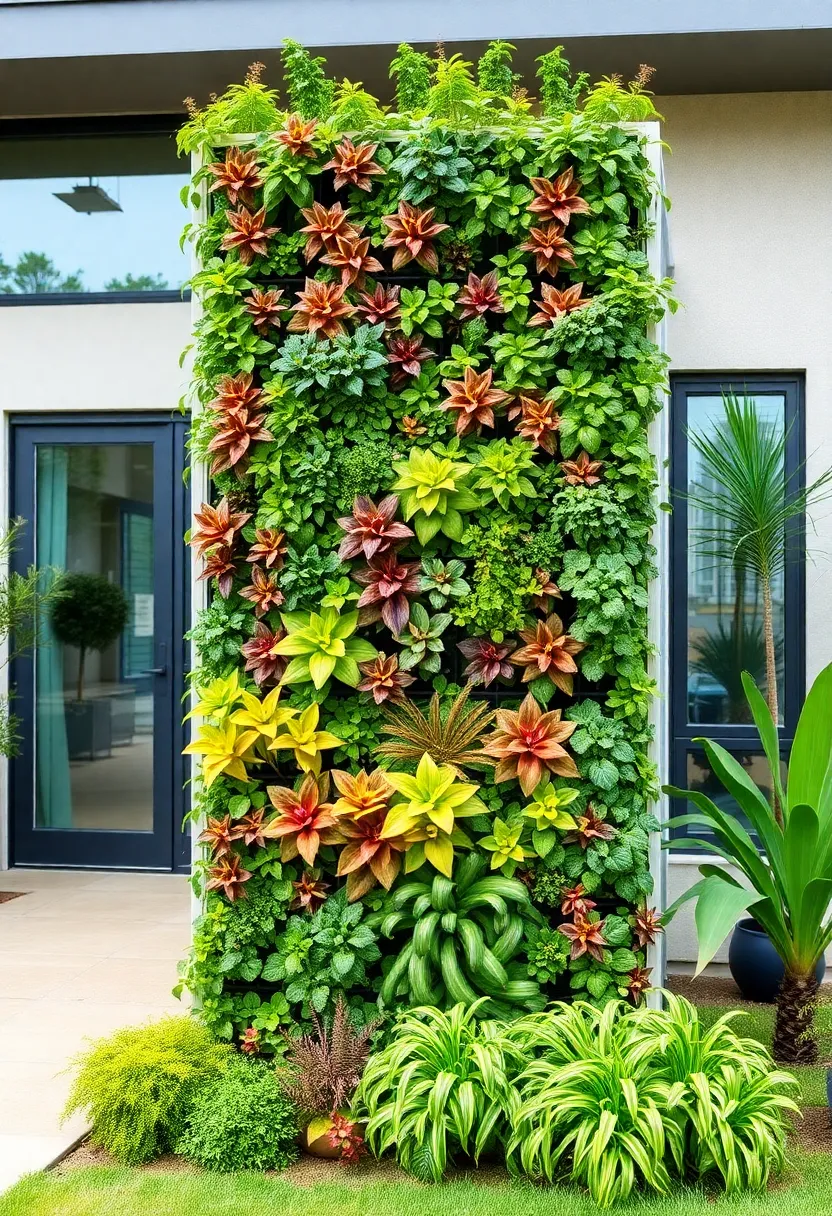
Vertical garden walls are both functional and artistic. Filled with thriving plants, these walls create a living piece of art. They can transform any space into a vibrant garden, making them popular on social media platforms.
To set up a vertical garden, use eco-friendly containers filled with soil and your favorite plants. Consider adding a drip irrigation system to keep them healthy while conserving water. This design maximizes space while improving air quality, making your outdoor area not just beautiful, but also healthier and more enjoyable.
Vertical Garden Walls
Editor’s Choice

G TALECO GEAR Vertical Garden Planter, Vertical Raised Garden Bed Plante…
 Amazon$69.99
Amazon$69.99
MIXC 230FT Quick-Connect Drip Irrigation System Kit, Automatic Garden Wa…
 Amazon$39.99
Amazon$39.99
Miracle-Gro Potting Mix, For Container Plants, Flowers, Vegetables, Shru…
 Amazon$8.98
Amazon$8.987. Reclaimed Wood Walls
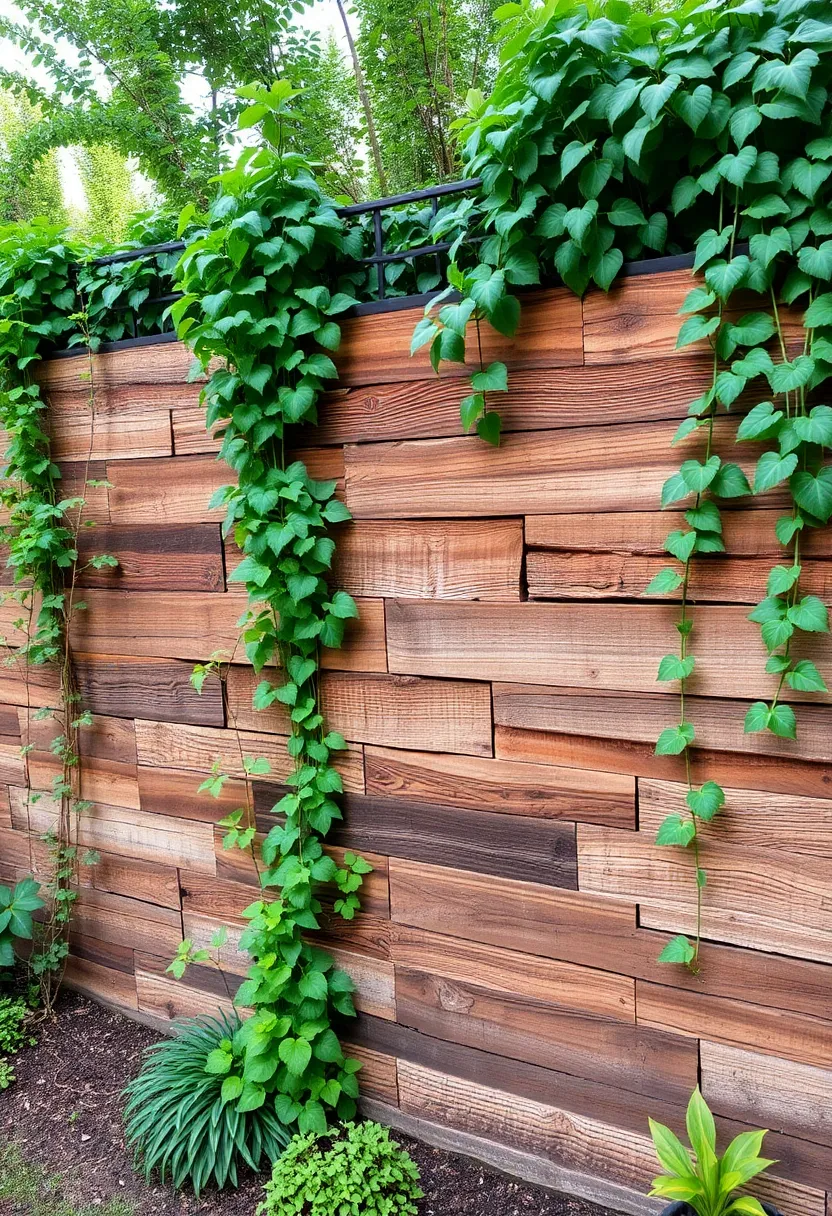
Reclaimed wood walls bring a sense of history to your outdoor space. Using salvaged wood not only helps the environment but also creates a one-of-a-kind look that adds charm. Many garden enthusiasts love sharing their reclaimed wood projects online, highlighting their unique beauty.
To make a reclaimed wood wall, look for local sources where you can find salvaged wood. Mix different types for variety and plant climbing vines at the base for an organic touch. This design makes your garden feel warm and inviting, perfect for enjoying nature.
Reclaimed Wood Walls
Editor’s Choice
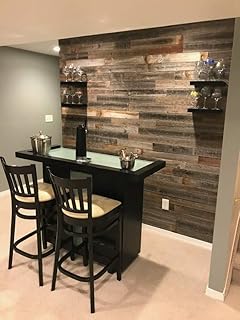
Rockin’ Wood Real Wood Nail Up Application Rustic Reclaimed Naturally We…
 Amazon$459.00
Amazon$459.00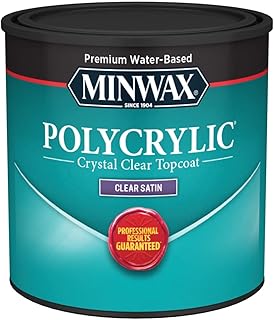
Minwax 233334444 Polycrylic Protective Wood Finish, Clear Satin, ½ Pint
 Amazon$11.48
Amazon$11.48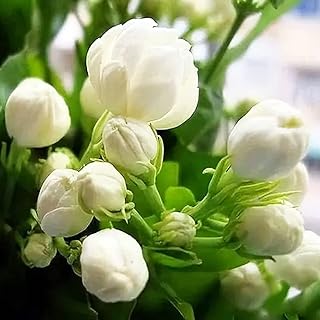
100+ Climbing Jasmine Flower Seeds Fragrant Plant for Planting Garden Ho…
 Amazon$8.95
Amazon$8.958. Living Walls with Edible Plants
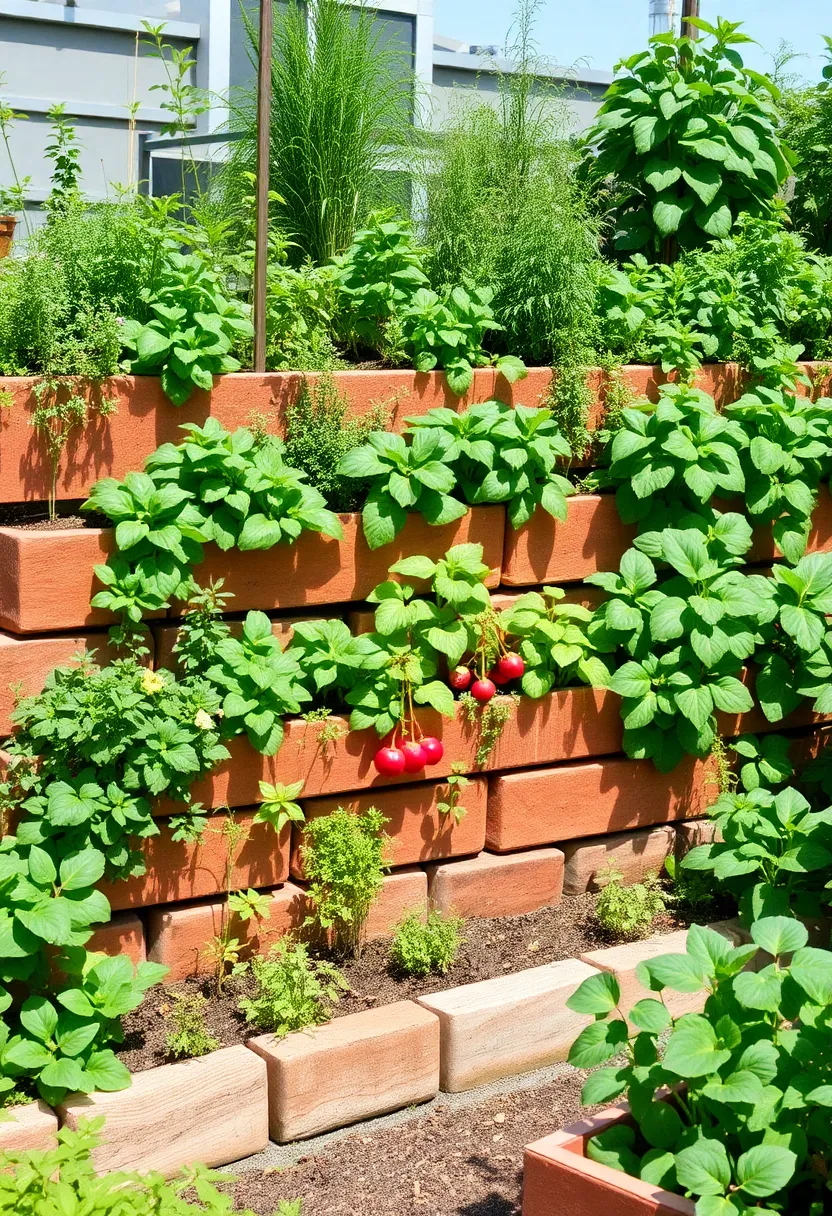
Living walls filled with edible plants can turn your garden into a productive space. They provide fresh herbs and vegetables right outside your door, combining beauty with functionality. This trend is growing among home gardeners who want to be more self-sufficient.
Choose a variety of herbs and vegetables that thrive in vertical spaces. Use geo-textiles to improve drainage and plant growth. Not only will this wall be useful, but it will also surprise your guests and make your outdoor area feel lively and fruitful.
Living Walls with Edible Plants
Editor’s Choice

G TALECO GEAR Vertical Garden Planter, Vertical Raised Garden Bed Plante…
 Amazon$69.99
Amazon$69.99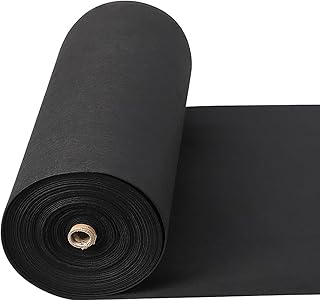
Heavy-Duty Non-Woven Geo Textile Fabric 4ft x50ft,6oz PP Drainage Mat 35…
 Amazon$25.92
Amazon$25.92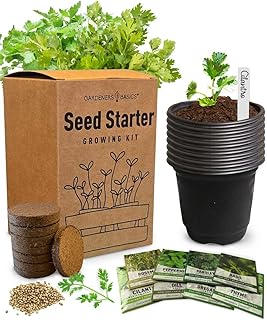
8 Herb Seed Starter Kit – Grow a Variety of Fresh Culinary Herbs – Non-G…
 Amazon$15.49
Amazon$15.499. Steel Plate Features
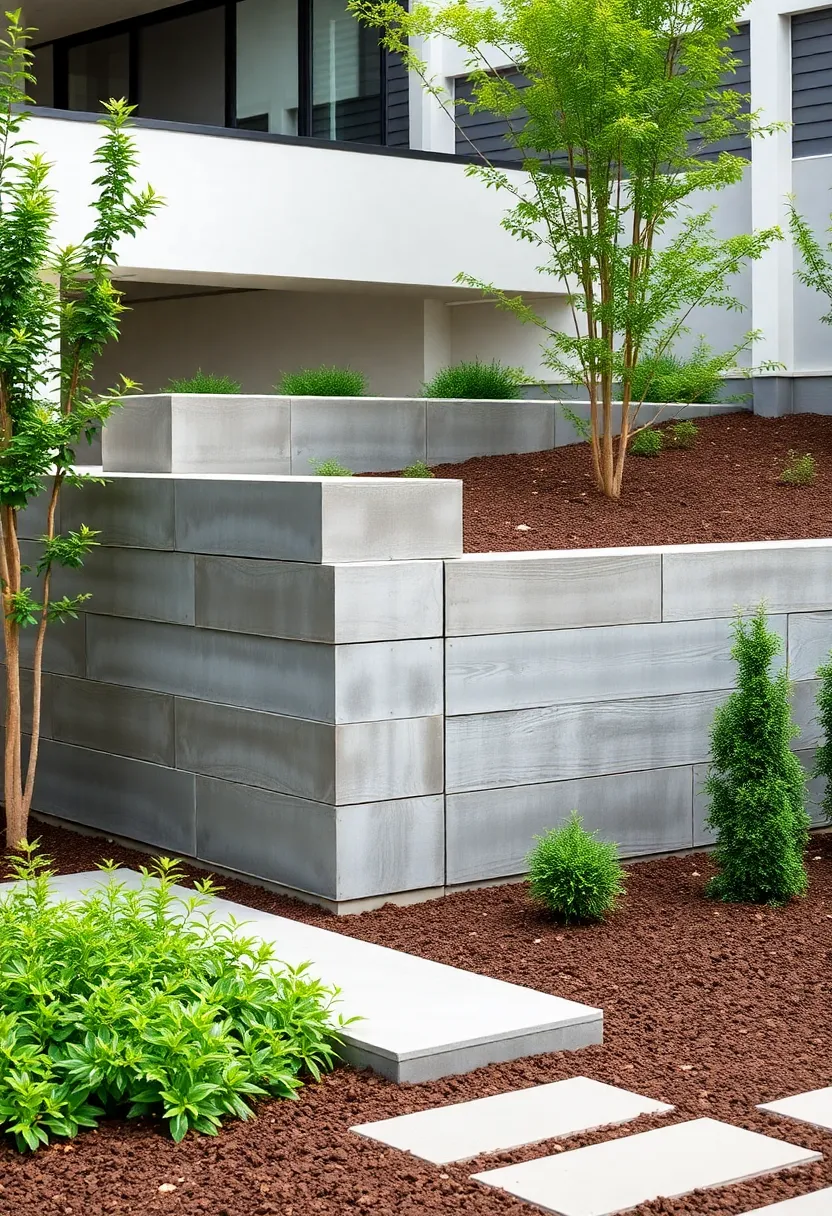
Steel plates make a bold statement for retaining walls. Their sleek, industrial look adds a modern touch to any garden design. Many contemporary homes use steel features to create striking contrasts with nature.
When using steel plates, consider leaving them with a natural patina for a rustic feel. You can pair them with minimalist landscaping, like gravel paths or simple planters. This will enhance the modern vibe while keeping the outdoor space sophisticated and stylish.
Steel Plate Features
Editor’s Choice
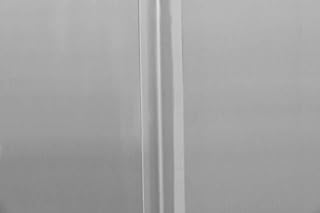
HOODMART 48” x 84” Metal Wall Panels – Stainless Steel Sheet with End Ca…
 Amazon$321.36
Amazon$321.36
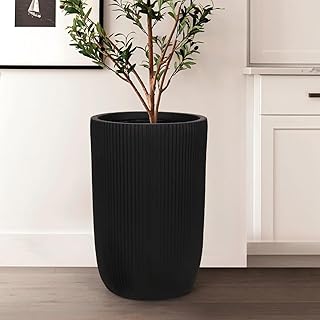
Oakrain 18″ Tall Indoor Planter, Modern Decorative Pot with Drainage Hol…
 Amazon$89.99
Amazon$89.9910. Curved Stone Walls

Curved retaining walls add a unique flair to your landscape. They move away from traditional straight lines, creating a more organic feel. Many designers highlight these walls for their ability to complement natural surroundings.
To build a curved wall, select stones that fit well together. Use surrounding plants to enhance the softness of the curves. This design makes your garden feel more inviting and can create a lovely area for seating or planting beds.
Curved Stone Walls
Editor’s Choice

River Rocks, 5lbs Colorful Pebbles for Indoor Plants, 1-2 Inch Aquarium …
 Amazon$16.99
Amazon$16.99
3ftx50ft Weed Barrier Landscape Fabric Heavy Duty,Weed Block Gardening G…
 Amazon$15.99
Amazon$15.99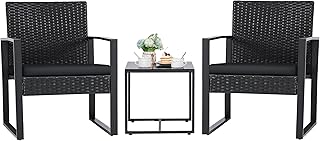
Flamaker 3 Pieces Outdoor Patio Wicker Furniture Set, Modern Rattan Chai…
 Amazon$89.99
Amazon$89.9911. Modular Precast Walls
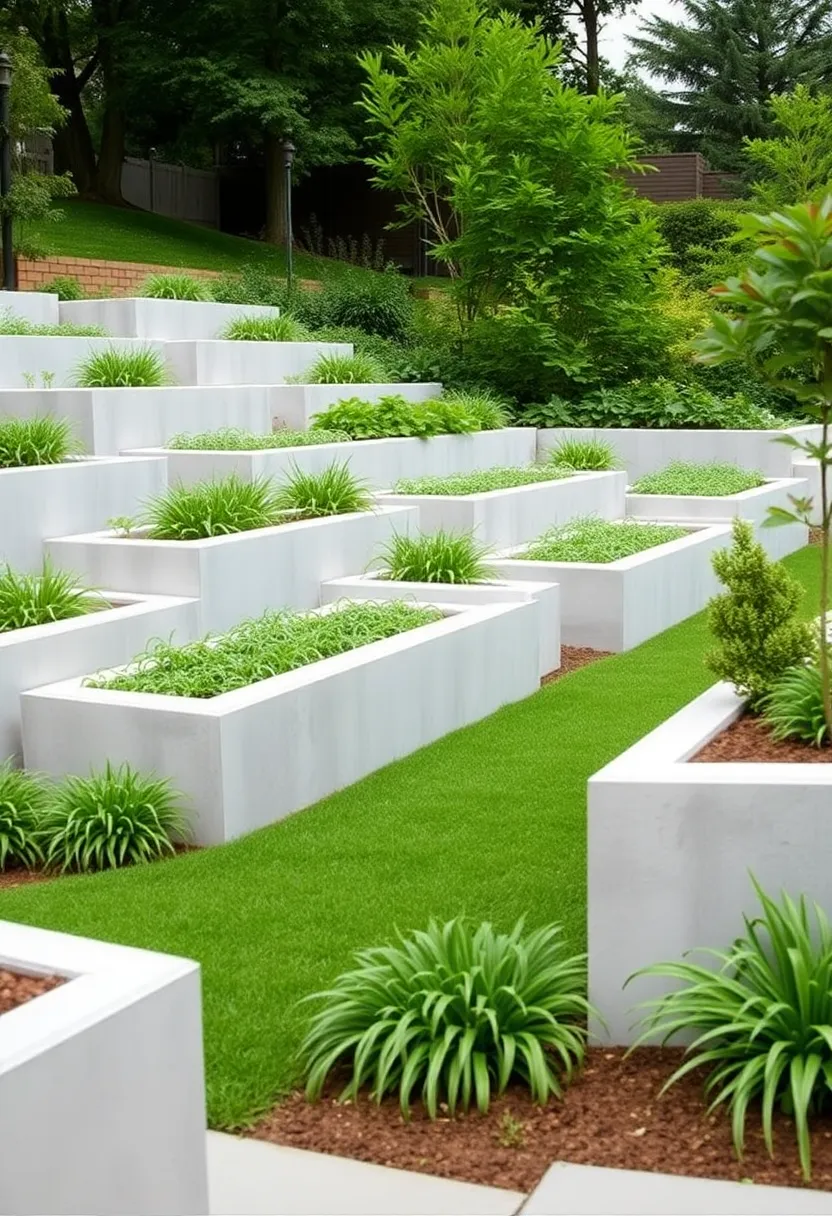
Modular precast walls provide a modern, stylish solution for retaining structures. They come in various shapes, making installation quick and easy. This method is gaining popularity among homeowners looking for efficient design solutions.
Choose colors and textures that match your home for a seamless appearance. Surround these walls with plants or greenery to soften their look. This design not only saves time but also enhances the beauty of your outdoor space.
Modular Precast Walls
Editor’s Choice

Textured Face Retaining Wall Block Plastic Craft Mold Set use with Concr…
 Amazon$82.00
Amazon$82.00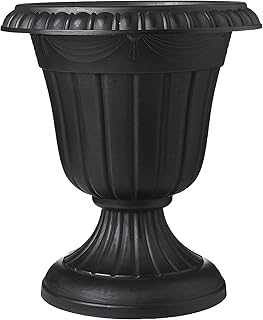
Arcadia Garden Products PL10BK Classic Traditional Plastic Urn Planter I…
 Amazon$20.59
Amazon$20.59
Low Voltage Landscape Lights Outdoor: 7W 700LM LED Landscape Lighting wi…
 Amazon$35.99
Amazon$35.9912. Composite Wood Walls
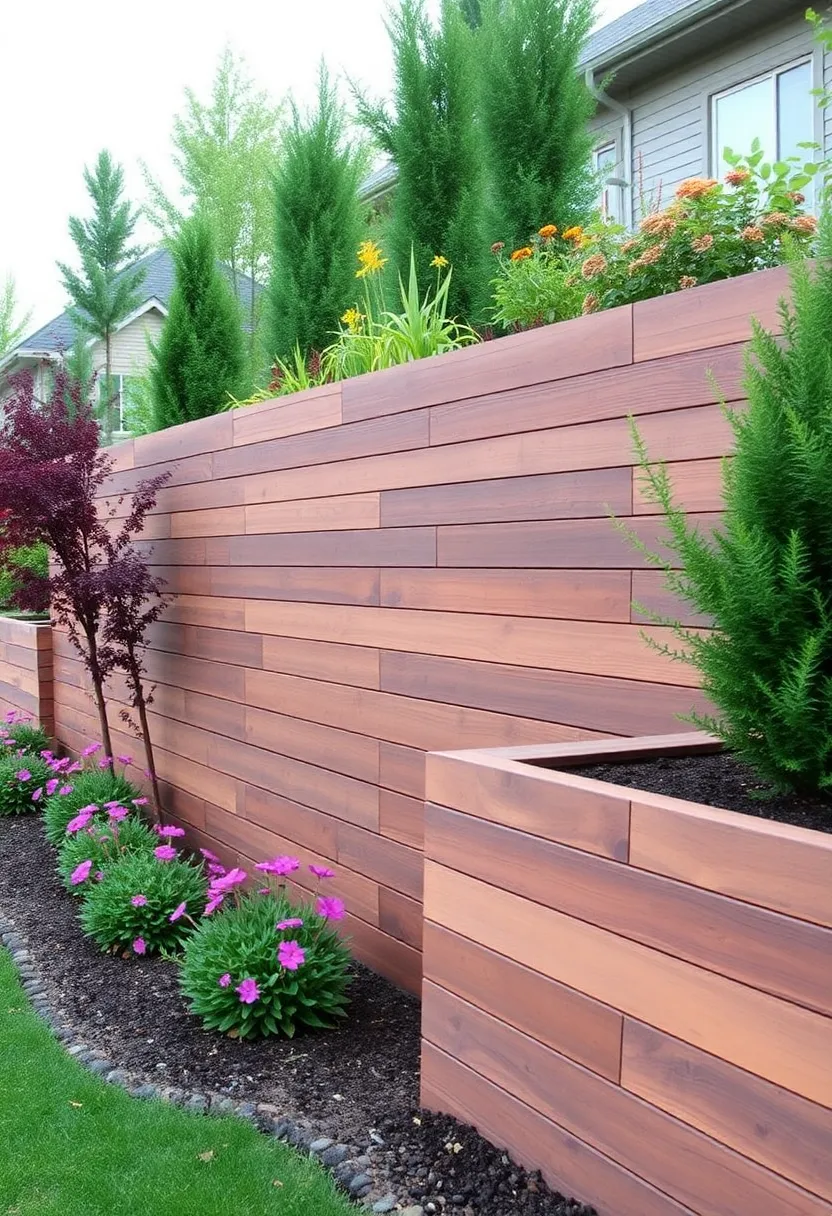
Composite wood walls combine wood’s beauty with synthetic durability. This blend creates a long-lasting solution that requires little maintenance. Many people are choosing this option for its modern and clean appearance.
When designing with composite wood, select colors that complement your home’s exterior. Surround it with vibrant plants to create a welcoming atmosphere. This design adds warmth while ensuring your outdoor space looks fresh and current.
Composite Wood Walls
Editor’s Choice

IDZO Wood Plastic Composite Deck Tiles Set of 10, Sustainable FSC Compos…
 Amazon$36.64
Amazon$36.64
Set of 2 Large Tall Planter for Indoor or Outdoor 24″ Flower Pots Tapere…
 Amazon$68.99
Amazon$68.99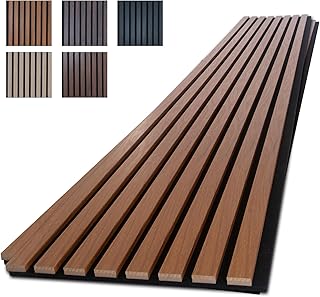
NeatiEase Wood Panels for Wall, 4-Piece 96″ x 12.6″ Soundproof Wood Slat…
 Amazon$169.99
Amazon$169.9913. Stone and Timber Combo
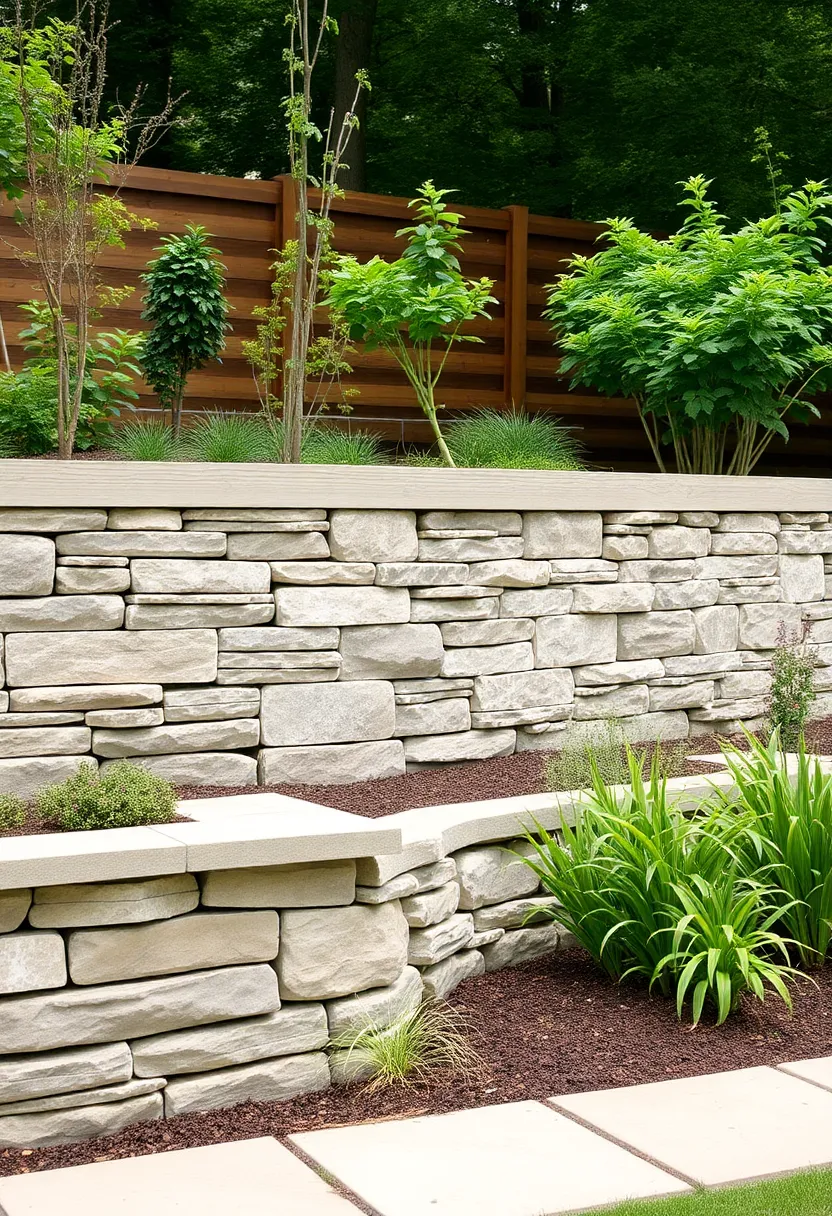
Combining stone and timber offers a beautiful balance of strength and aesthetics. This mix creates a visually appealing retaining wall that can enhance your garden design. Many landscapers appreciate this hybrid for its unique charm.
Use large timber beams at the base and stack natural stones above for added texture. Enhance the look with climbing plants or colorful flowers at the base. This combination makes your garden feel sturdy yet inviting, perfect for outdoor gatherings.
Stone and Timber Combo
Editor’s Choice
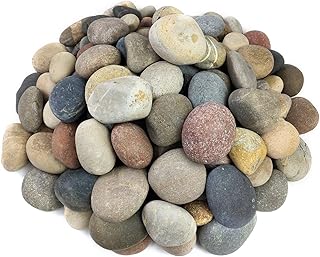
20 lbs Large River Rocks for Outdoor Landscaping, 3-4 Inch Decorative Pe…
 Amazon$39.99
Amazon$39.99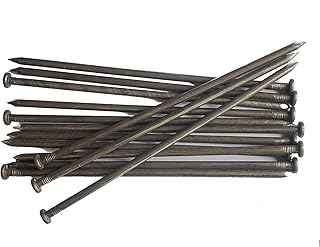
Landscape Stakes Metal Landscape Edging Anchoring Spikes, 10-Inch Length…
 Amazon$23.97
Amazon$23.97
100+ Climbing Jasmine Flower Seeds Fragrant Plant for Planting Garden Ho…
 Amazon$8.95
Amazon$8.9514. Poured Concrete Walls
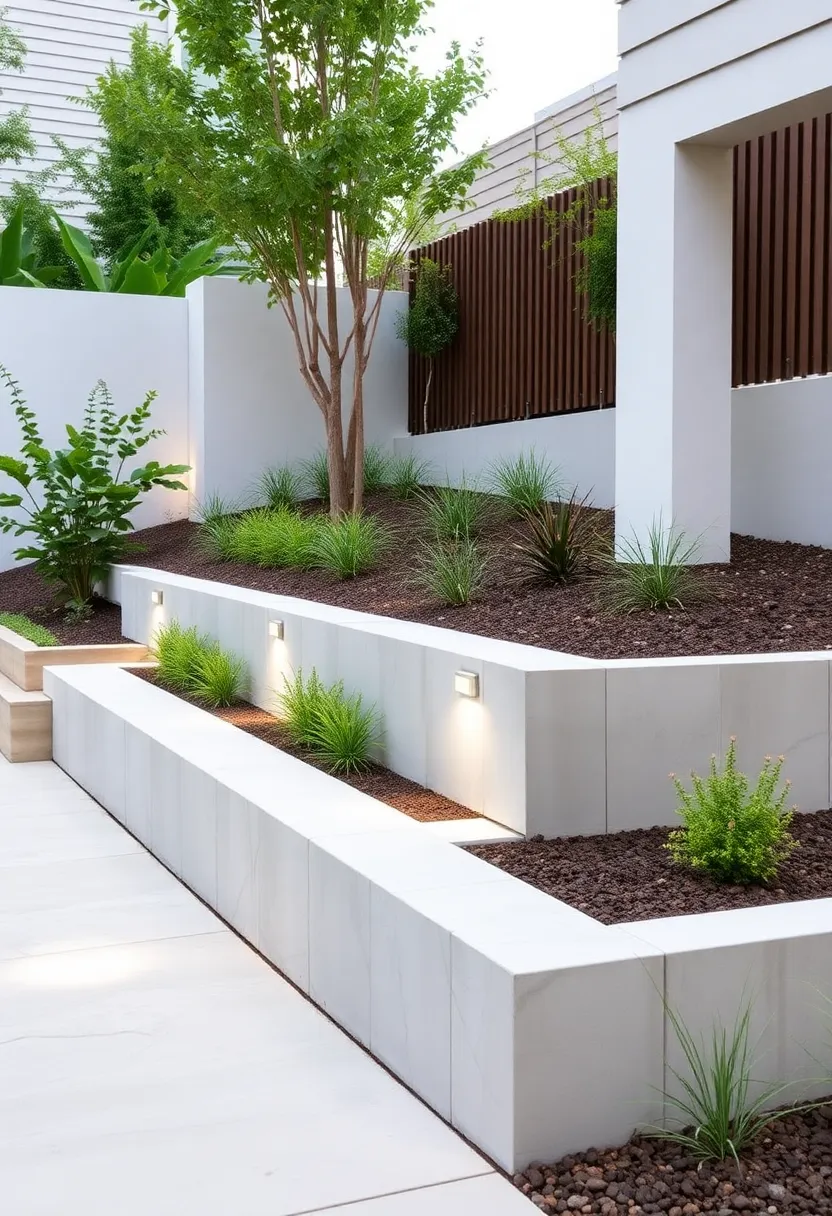
Poured concrete walls offer a sleek and modern design. They provide an uninterrupted surface that can be formed into any shape you desire. This approach is popular among those who appreciate minimalism in their outdoor spaces.
Add lighting to the top of the wall for a dramatic nighttime effect. Pair it with minimalist plants for a clean look. This design not only offers functionality but also creates a stunning visual impact for your home.
Chances are your home exterior aligns with our retaining wall ideas, especially poured concrete walls. They offer an uninterrupted surface you can shape to fit your space, while minimalist lighting at the top adds drama after dark. Pair with simple plants for a clean, lasting vibe in your outdoor area.
Poured Concrete Walls
Editor’s Choice
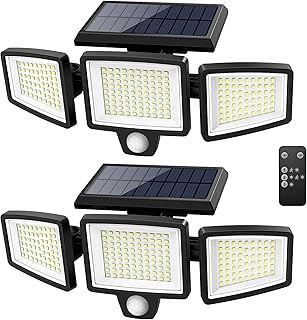
Tuffenough Solar Outdoor Lights 2500LM 210 LED Security Lights with Remo…
 Amazon$27.46
Amazon$27.46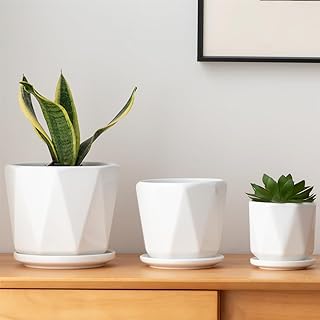
Octagon Ceramic Plant Pots – Indoor White Flower Planter Set with Draina…
 Amazon$19.99
Amazon$19.99
15. Spiral Retaining Walls

Spiral retaining walls create a dramatic focal point in your landscape. Their unique shape allows for creative planting opportunities, making them visually striking. This design is perfect for those looking to stand out in their outdoor spaces.
Incorporate native plants that flow down the spiral for a soft, natural look. Use decorative stones or gravel at the base for contrast. This innovative design will surely be a conversation starter in your garden.
Spiral Retaining Walls
Editor’s Choice
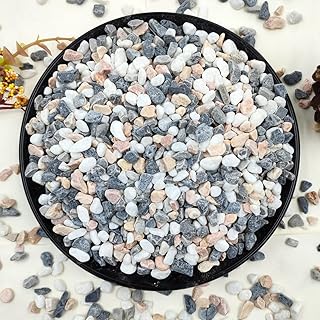
2LB Succulent and Cactus Gravel Pebbles, 1/5 Inch Natural Decorative Pol…
 Amazon$9.99
Amazon$9.99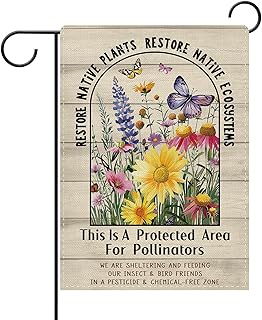
Dyrenson Restore Native Plants Wildflower Decorative Garden Flag, Floral…
 Amazon$7.99
Amazon$7.99
Landical 4 Pcs Retaining Wall Block Faux Stone Edging for Landscaping, 1…
 Amazon$33.99
Amazon$33.9916. Layered Stone Walls
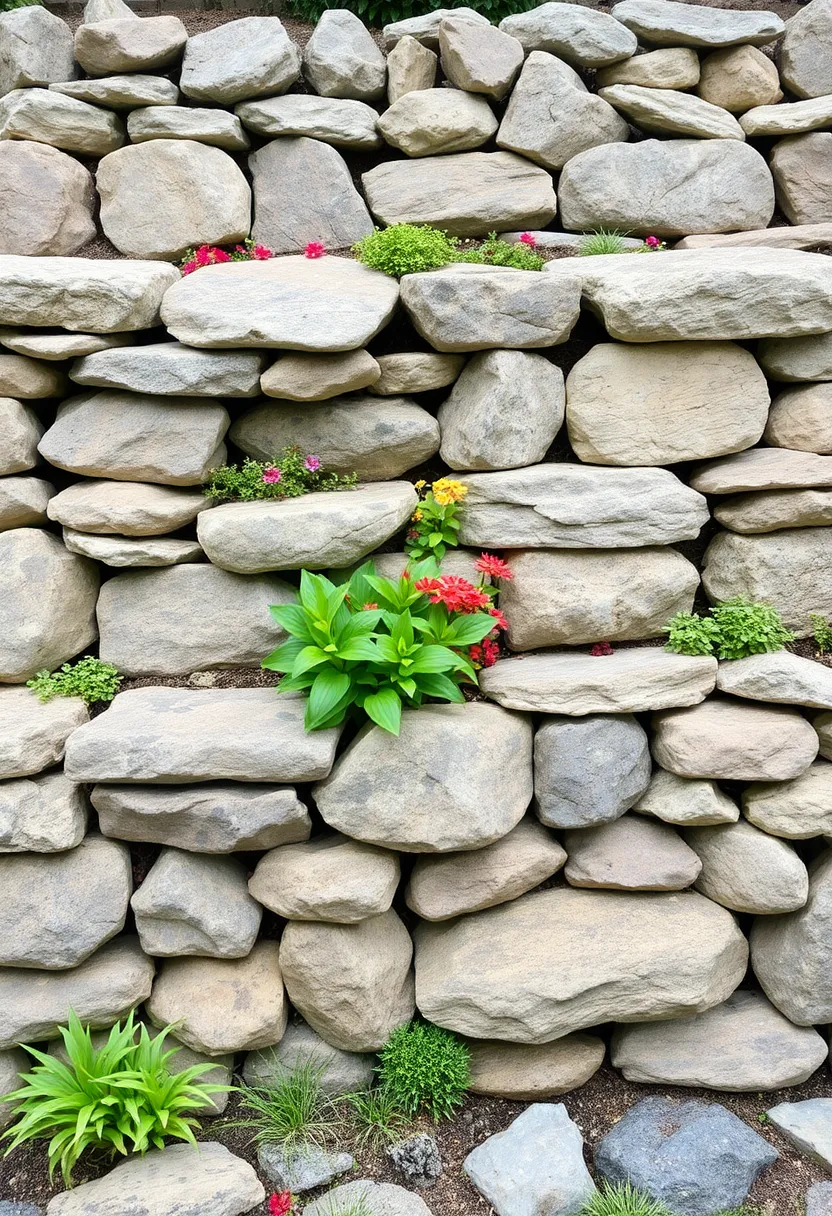
Layered stone walls add depth and interest to your landscape. By combining different stone sizes, you create a natural, organic look. Gardeners love this design for its visual appeal and functionality.
Incorporate flowering plants in between the layers for a pop of color. Surround the wall with paths or seating areas to complete the look. This design not only enhances beauty but also promotes good drainage, making it practical for any garden.
❝ Fun fact: Layered stone walls rank among smart retaining wall ideas—they boost drainage and curb erosion. By using mixed stone sizes, you create pockets that guide water where you want it. This practical layout also supports flowering plants between layers for color.
Layered Stone Walls
Editor’s Choice

River Rocks, 5lbs Colorful Pebbles for Indoor Plants, 1-2 Inch Aquarium …
 Amazon$16.99
Amazon$16.99
Miracle-Gro Potting Mix, For Container Plants, Flowers, Vegetables, Shru…
 Amazon$8.98
Amazon$8.98
3ftx50ft Weed Barrier Landscape Fabric Heavy Duty,Weed Block Gardening G…
 Amazon$15.99
Amazon$15.9917. Minimalist Concrete Designs
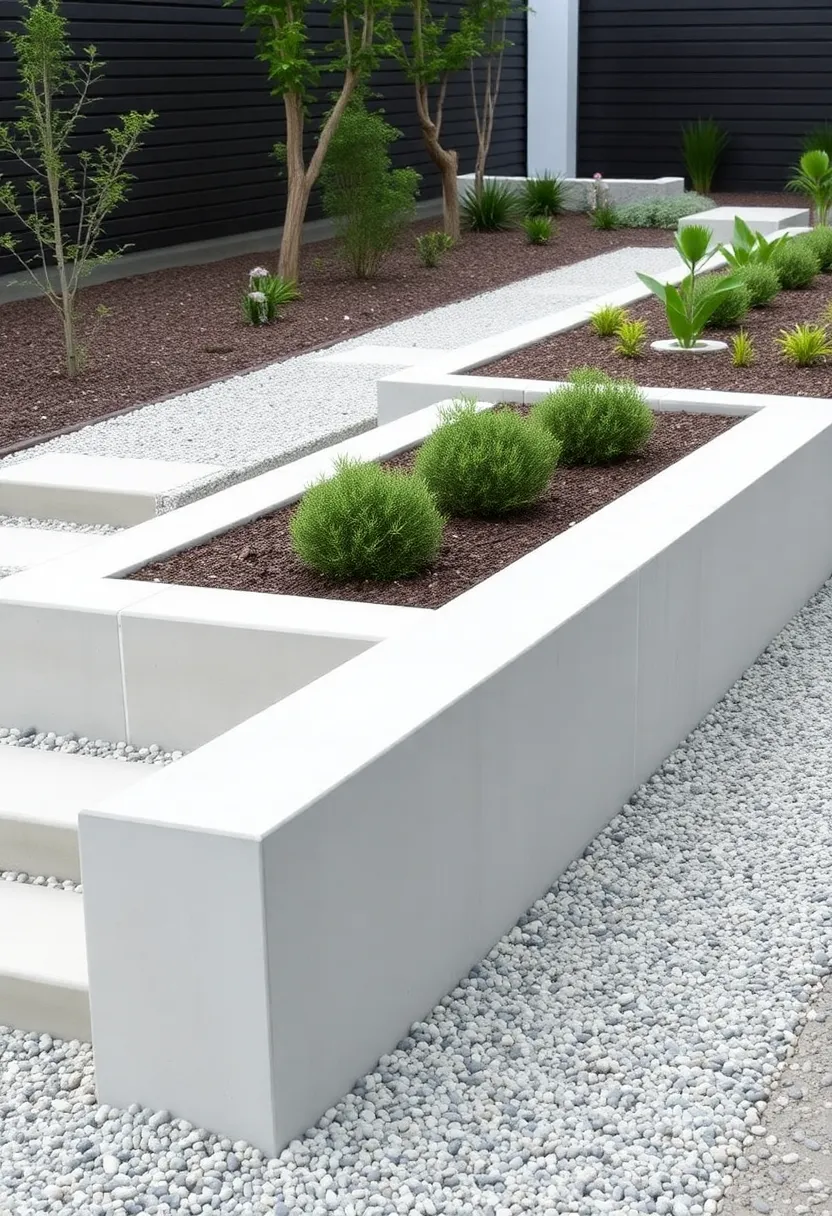
Minimalist concrete walls offer a clean, modern aesthetic. Their simple forms and lines enhance other landscaping features beautifully. This design is ideal for those who prefer a straightforward approach.
Adorn the top with succulents or low-maintenance plants for added texture. Pair it with gravel paths or minimalist furniture to achieve sophistication. This choice keeps your outdoor space looking fresh and stylish.
Minimalist Concrete Designs
Editor’s Choice

Kante 18 Inch Dia Round Concrete Planter, Indoor Outdoor Large Plant Pot…
 Amazon$67.99
Amazon$67.99
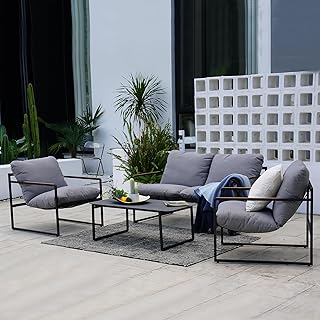
Grand Patio 4-Piece Modern Outdoor Furniture Set, Patio Sofa with Cushio…
 Amazon$399.99
Amazon$399.9918. Mixed Material Walls
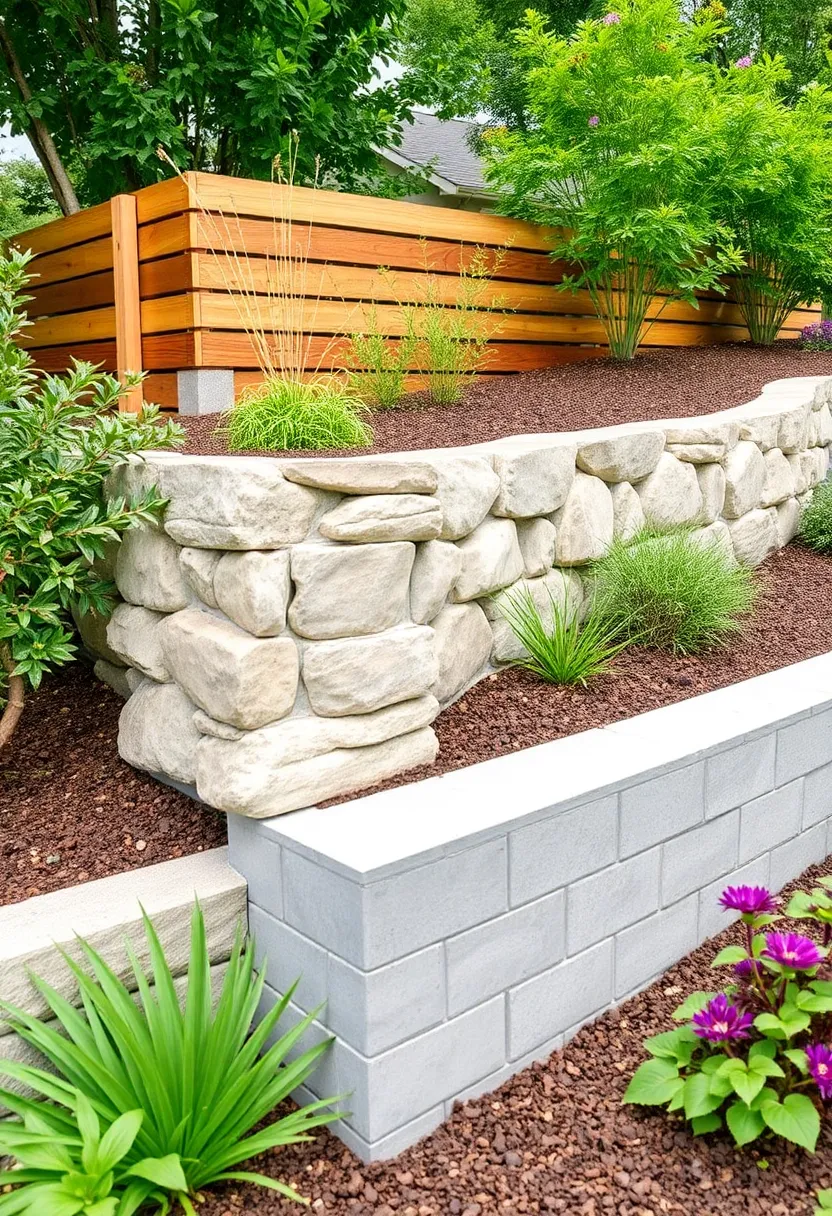
Mixing materials creates a unique and eye-catching retaining wall. Combining wood, stone, and concrete offers both visual interest and durability. Many designers applaud this approach for its creative potential.
Layer materials in patterns or use contrasting colors for a standout design. Surround your wall with diverse plant life to enhance the overall feel of your garden. This design showcases your personal style while ensuring functionality.
Did you know that 70% of curb appeal comes from texture? Mix wood, stone, and concrete — one of the top retaining wall ideas — for a durable wall that really pops. Layer colors and plant life for an instant upgrade.
Mixed Material Walls
Editor’s Choice
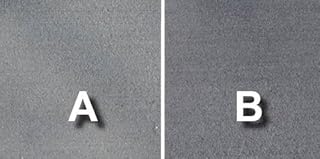
Concrete Stain Concentrate Just Add Water, User & Eco-Friendly Semi-Tran…
 Amazon$55.95
Amazon$55.95
Thompson’s WaterSeal Multi-Surface Waterproofer Stain, Clear, 1 Gallon
 Amazon$17.97
Amazon$17.97
EasyFlex No-Dig Landscape Edging with Anchoring Spikes, 2.7 in Tall Deco…
 Amazon$35.75
Amazon$35.7519. Artistic Mosaics

Artistic mosaics turn your retaining wall into a canvas. Arranging tiles or stones in patterns creates a stunning visual highlight. This creative approach is popular among those looking to personalize their outdoor space.
Mix different materials and colors to craft something that reflects your style. Surround the wall with soft lighting to enhance its beauty at night. This design not only adds charm but also makes your garden feel unique and inviting.
Artistic Mosaics
Editor’s Choice
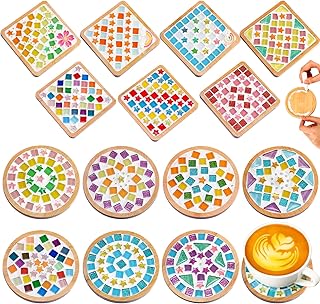
DIY Glass Mosaic Tiles for Crafts, Mixed Color Mosaic Kits with Wooden C…
 Amazon$36.99
Amazon$36.99
addlon 100FT(50FT*2) LED Outdoor String Lights Waterproof Patio Lights w…
 Amazon$24.99
Amazon$24.99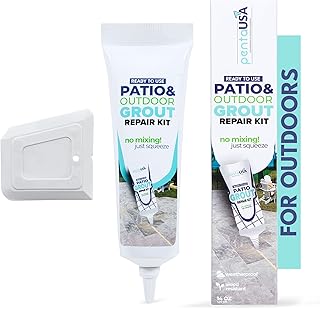
PentaUSA Outdoor Grout – Premixed Patio Grout in a Tube, Ready to Use Po…
 Amazon$19.99
Amazon$19.9920. Raised Bed Retaining Walls

Raised bed retaining walls combine beauty with functionality. They not only support soil but also create easily manageable planting spaces. This design is ideal for those who love gardening but want a stylish look.
Use rounded stones or timber for a beautiful finish. Fill the beds with colorful plants to create a thriving garden vibe. This choice enhances accessibility while looking great in your outdoor area.
Raised Bed Retaining Walls
Editor’s Choice

Land Guard Galvanized Raised Garden Bed Kit, Galvanized Planter Garden B…
 Amazon$29.99
Amazon$29.99
GASPRO 15lb Natural River Rocks Decorative Rocks for Plants and Garden L…
 Amazon$25.99
Amazon$25.9921. Integrated Lighting Features
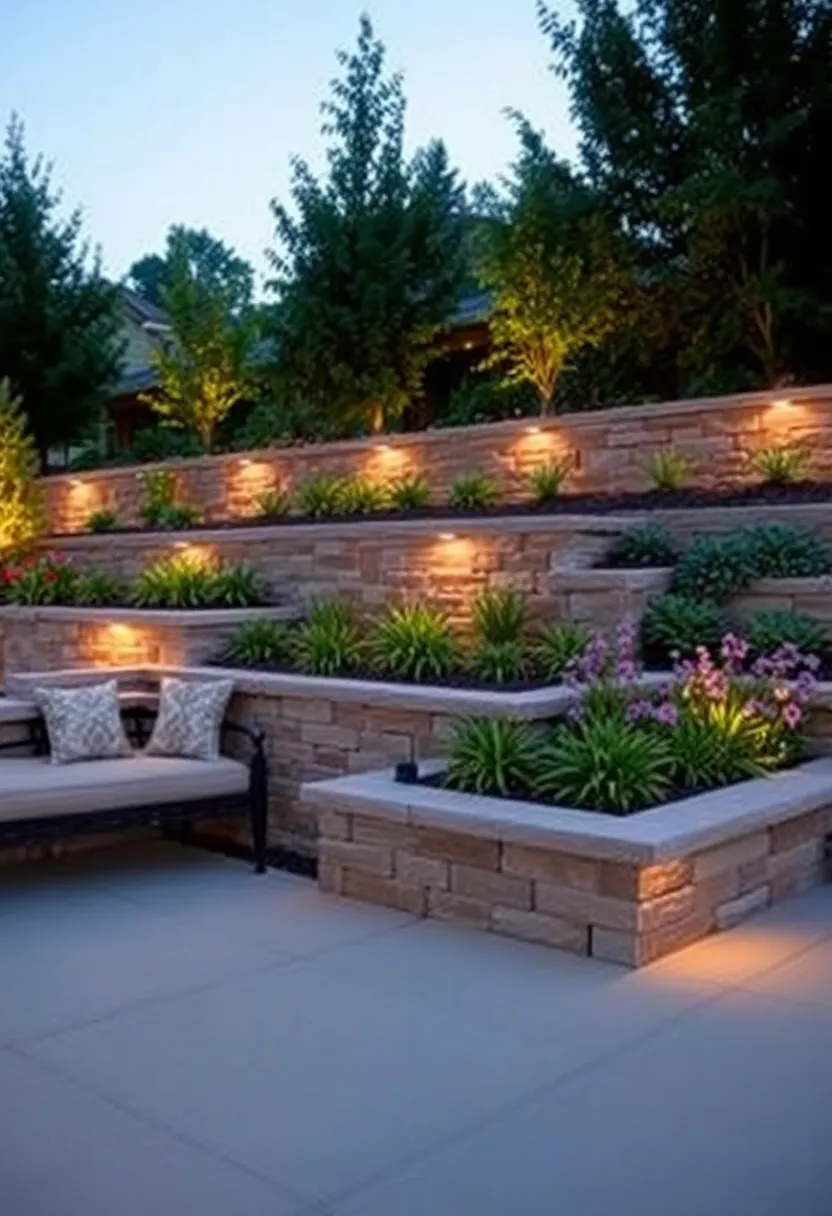
Add integrated lighting to your retaining wall for a modern twist. This feature makes your outdoor space usable at night while enhancing safety. Many homeowners are embracing this trend for its stylish and functional benefits.
Use recessed lighting on top of the wall or illuminated stones for a subtle glow. Pair this design with seating areas to create a warm, inviting atmosphere. This choice transforms your garden into a cozy retreat for evening gatherings.
Integrated Lighting Features
Editor’s Choice

CycevSun 6 Pack Black Recessed Lights 4 Inch with Night Light, Canless U…
 Amazon$57.59
Amazon$57.59
4.8Lbs 1100Pcs Glow in The Dark Stones Pebbles Blue Glow Rocks
 Amazon$29.99
Amazon$29.9922. Raised Concrete Planters
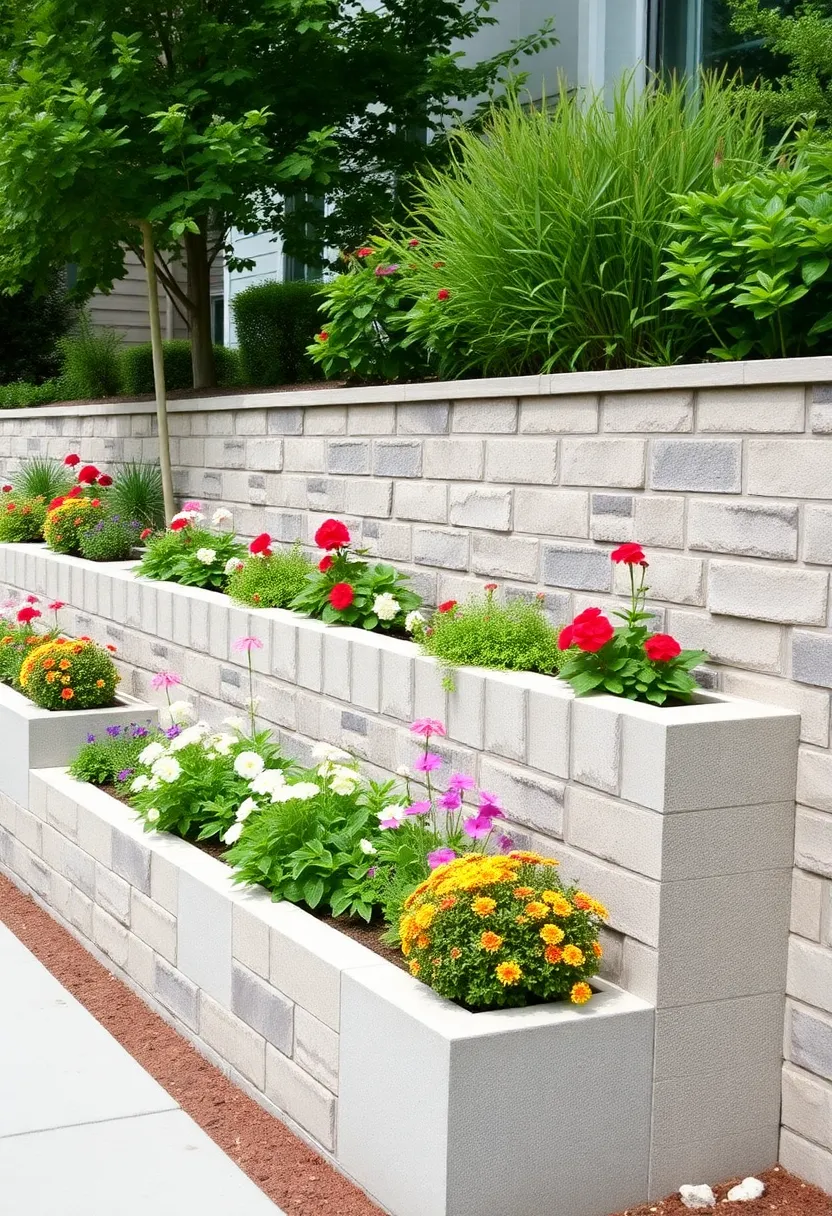
Raise the bar with concrete planters integrated into your retaining wall. This clever design serves dual purposes while beautifying your garden. Many gardeners appreciate this approach for its practicality and style.
Design these planters to match your wall materials for a cohesive look. Fill them with vibrant plants to create a stunning landscape feature. This choice enhances your space while providing a striking visual element.
Raised Concrete Planters
Editor’s Choice

Kante 18 Inch Dia Round Concrete Planter, Indoor Outdoor Large Plant Pot…
 Amazon$67.99
Amazon$67.99
Miracle-Gro Potting Mix, For Container Plants, Flowers, Vegetables, Shru…
 Amazon$8.98
Amazon$8.98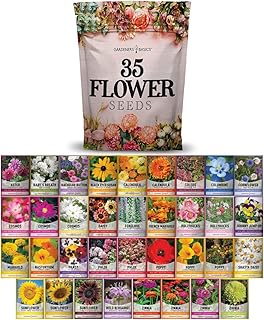
Gardeners Basics, Flower Seeds Packets for Planting 35 Individual Variet…
 Amazon$29.95
Amazon$29.9523. Smooth Pebble Walls
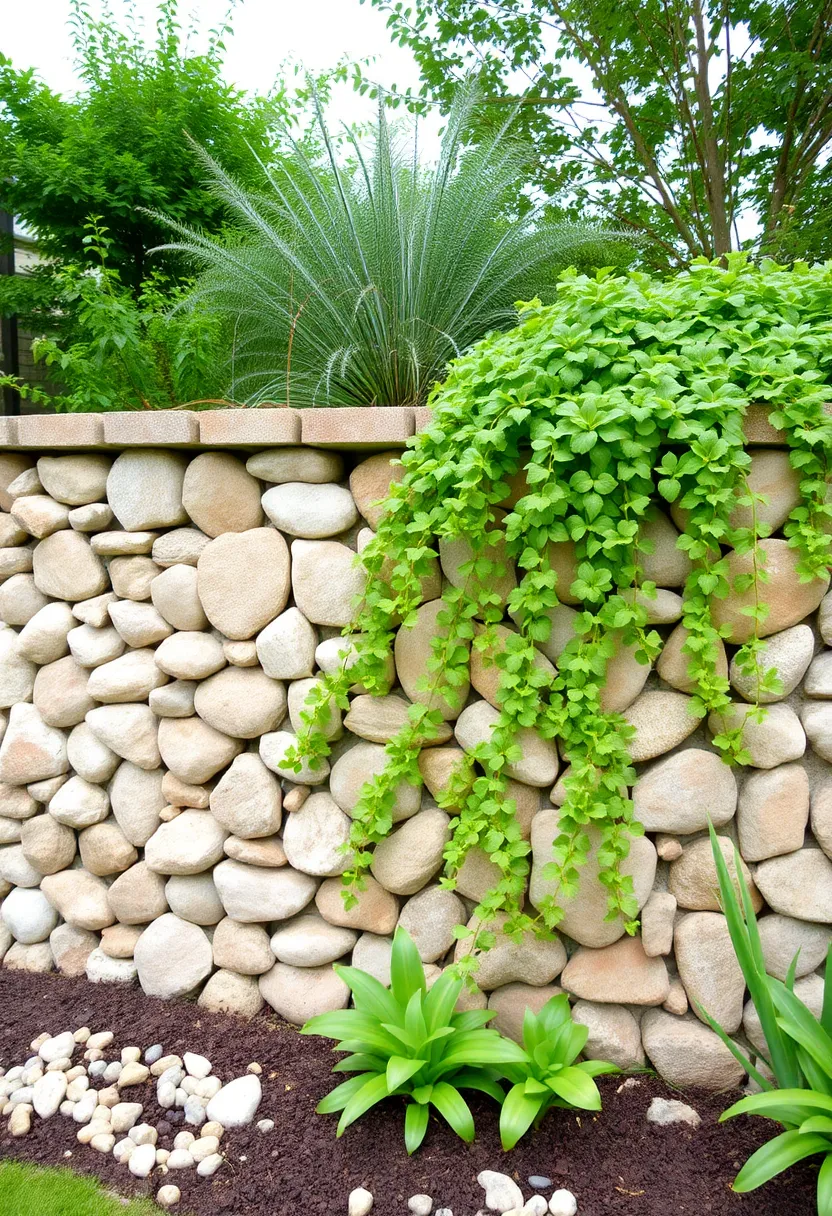
Smooth pebble walls offer a polished yet natural look. These walls, built using various pebbles, add unique character to your garden. This design is ideal for those seeking a blend of elegance and simplicity.
Surround your pebble wall with cascading plants for a soft, natural appearance. This design fits beautifully into both traditional and modern settings. It enhances your outdoor space while promoting good drainage.
Smooth Pebble Walls
Editor’s Choice

River Rocks, Decorative Ornamental Pebbles,Garden Landscaping Stones,Gra…
 Amazon$7.11
Amazon$7.11
4FT x 100FT Weed Barrier Landscape Fabric, 3.2oz Premium Heavy Duty Gard…
 Amazon$29.99
Amazon$29.99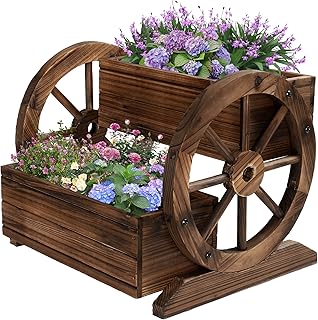
Wooden Wagon Planter Box, Garden Planter with Wheels,Decorative Planter …
 Amazon$49.90
Amazon$49.9024. Rustic Brick Walls
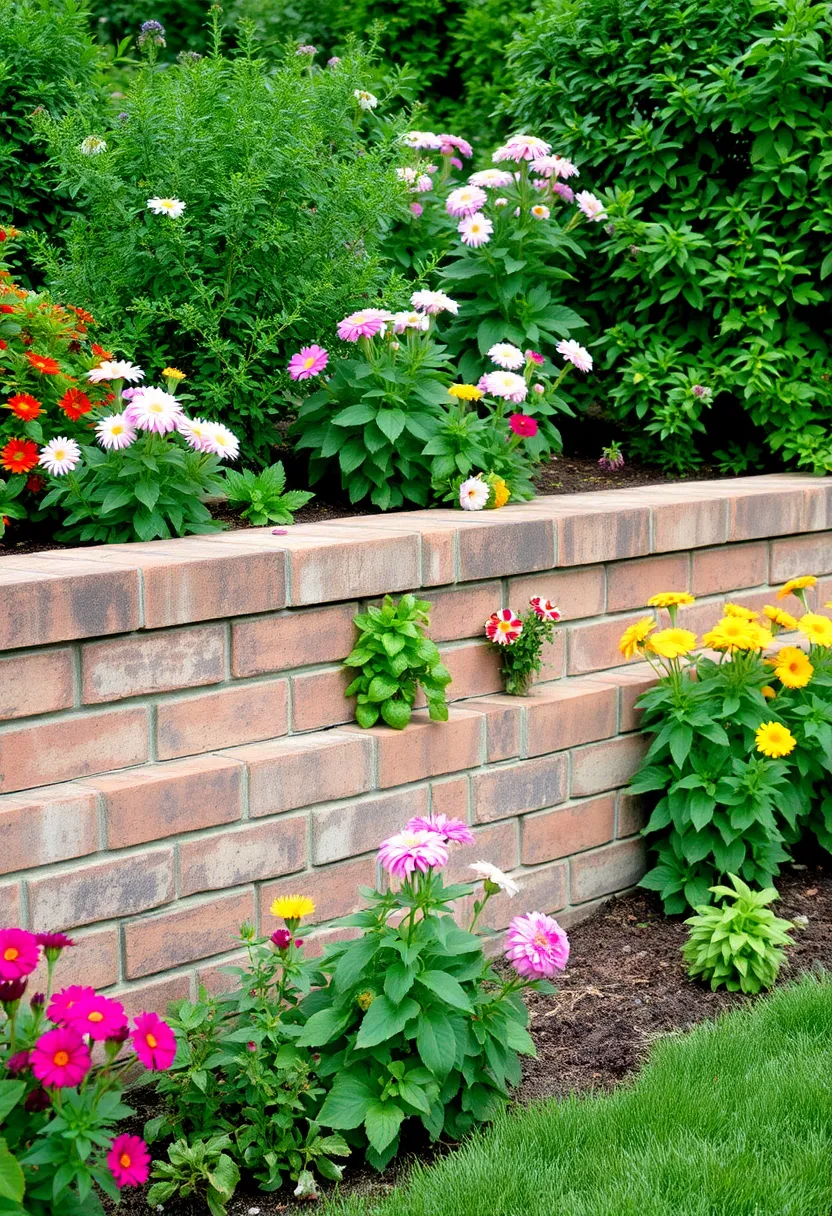
Brick walls provide a classic, timeless look. Their textured surfaces add depth and durability to your landscaping. Many homeowners love this option for its rustic charm and long-lasting nature.
Pair a brick wall with flowering plants or herbs at the base for a cozy cottage feel. This design suits traditional homes beautifully, enhancing the overall aesthetic of your outdoor space.
Rustic Brick Walls
Editor’s Choice

Arcadia Garden Products PL10BK Classic Traditional Plastic Urn Planter I…
 Amazon$20.59
Amazon$20.5925. Accent Lighted Walls

Accent lighted walls bring drama to your outdoor area. Clever lighting techniques can create stunning effects at night. Many designers recommend this feature for its functional and aesthetic benefits.
Incorporate LED strip lights along the edges or spotlights to highlight unique features. Pair this design with comfortable seating to create the perfect hangout spot. This choice enhances your outdoor space while providing a warm, inviting atmosphere.
Accent Lighted Walls
Editor’s Choice

Govee White LED Strip Lights, Upgraded 16.4ft Dimmable LED Light Strip 6…
 Amazon$19.99
Amazon$19.99
Halloween Christmas Spotlight Outdoor: 12W RGBW LED Spot Lights Outdoor …
 Amazon$44.99
Amazon$44.99
FDW | 4-Piece Patio Furniture Set | Black | Outdoor Wicker Furniture wit…
 Amazon$119.99
Amazon$119.99Conclusion
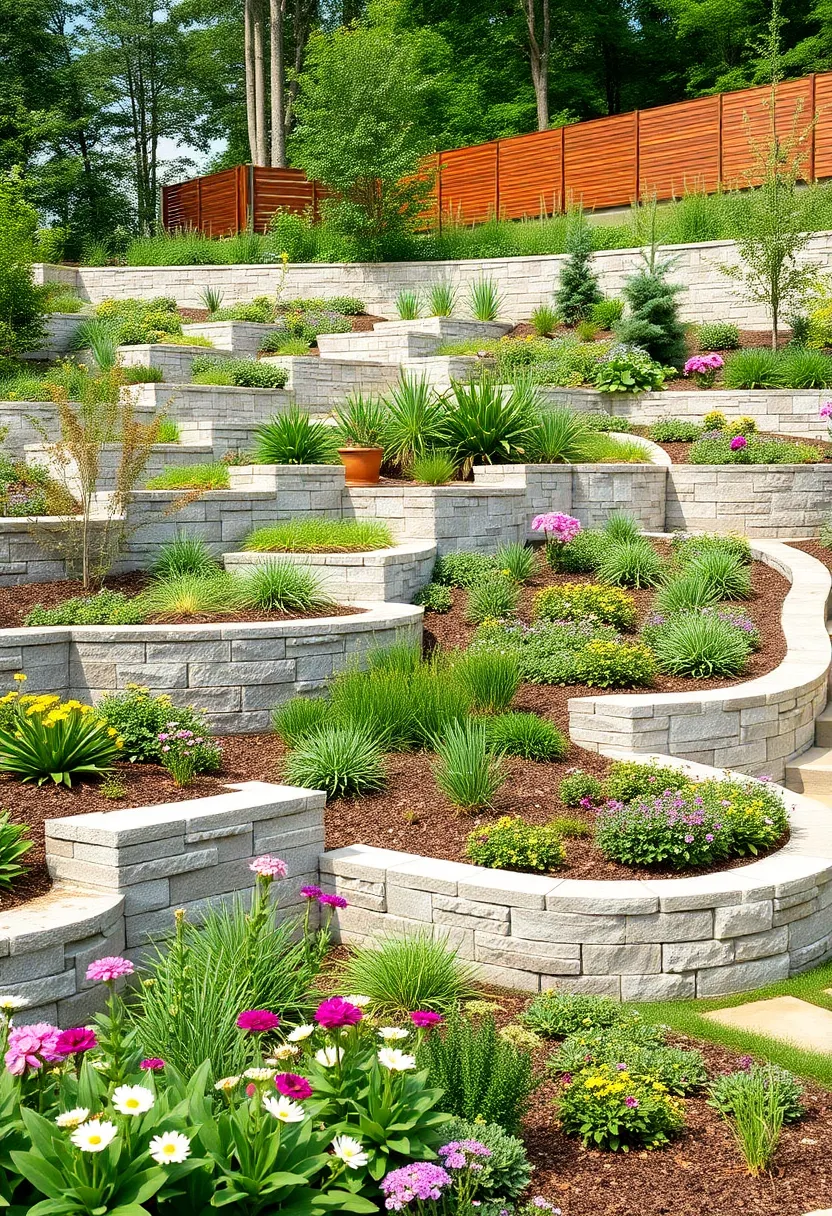
Incorporating a modern retaining wall into your home exterior is a wise choice that combines function and design. From natural stone to eco-friendly materials, each option offers its unique charm and sustainability benefits.
As you explore these retaining wall ideas, consider how they can enhance your outdoor space and contribute to a greener lifestyle. Your home deserves a stunning exterior that reflects your style while respecting the environment.
Note: We aim to provide accurate product links, but some may occasionally expire or become unavailable. If this happens, please search directly on Amazon for the product or a suitable alternative.
This post contains Amazon affiliate links, meaning we may earn a small commission if you purchase through our links, at no extra cost to you.
Frequently Asked Questions
What Are Some Eco-Friendly Materials For Building Retaining Walls?
When it comes to building sustainable retaining walls, consider materials like reclaimed wood, natural stone, and recycled concrete. These options not only provide durability but also blend beautifully with your landscape, enhancing the overall garden aesthetics of your home exterior.
Using these materials can significantly reduce your environmental footprint while creating a stunning look that complements modern outdoor designs.
How Can Retaining Walls Enhance My Outdoor Design?
Retaining walls can dramatically enhance your outdoor design by adding structure and visual interest to your yard. They help define spaces, manage soil erosion, and create tiered gardens, which can be both functional and beautiful.
By incorporating modern retaining wall ideas, you can elevate the landscaping of your home, making your exterior both stunning and sustainable.
What Are Some Creative Landscaping Ideas With Retaining Walls?
Get inspired with creative landscaping ideas that incorporate retaining walls! Consider building a raised garden bed, creating seating areas, or even adding water features like small ponds or fountains within the structure.
These designs not only maximize space but also enhance the overall aesthetic appeal of your modern home exterior. Plus, they can improve water drainage and soil stability, making your garden healthier!
How Do I Choose the Right Design for My Retaining Wall?
Choosing the right design for your retaining wall involves considering your landscape, the purpose of the wall, and your personal style. Think about the height and material that will best complement your home’s architecture and the surrounding environment.
Modern retaining wall ideas can range from sleek, minimalist designs to rustic, textured finishes. Don’t forget to visualize how the wall will integrate into your overall outdoor design.
What Maintenance Is Required for Retaining Walls?
Maintaining your retaining wall is essential for its longevity and functionality. Regularly check for signs of erosion, cracks, or shifting, and address any drainage issues promptly.
Keep the area around the wall clear of debris and consider adding plants to help stabilize the soil. Depending on the materials used, you may need to apply sealants or perform minor repairs periodically to keep it looking its best and ensure it remains a key feature of your stunning home exterior.
Related Topics
retaining wall ideas
modern home exterior
sustainable landscaping
outdoor design
garden aesthetics
eco-friendly materials
DIY retaining walls
minimalist design
easy landscaping
beginner friendly
landscaping trends
urban gardening


